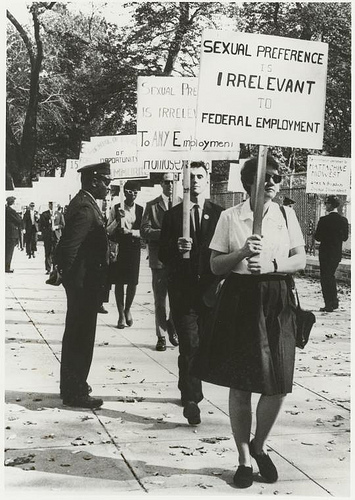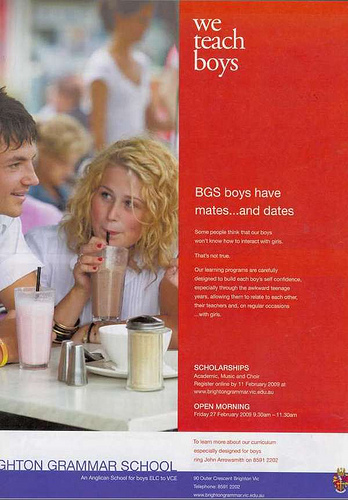Objections to a BuzzFreeProm ad has led the organization to pull it and apologize. The ad reads: “Go from prom king to queen in three shots or less.”
Lisa Derrick at La Figa had the following exchange with the talent behind the ad:

I will go further. I think that being a “queen,” in the jail sense, is about being, both literally and figuratively, on the bottom. The imprisoned, gay men and, for that matter, women, are all on the bottom in this sense. (The corsage on the prison uniform is a hint that it’s not just about being gay, but about being female.) The problem with this ad, for me, is that it conflates sex and power. That the conflation can span so many different categories suggests that it resonates strongly. And that is what is disappointing to me. I would prefer to live in a world in which sex and power could be disentangled, as opposed to one that affirmed their entanglement. Let’s try to keep kids safe some other way, eh?
BuzzFreeProm has since put up an apology:

Other anti-drug and anti-drinking ads: an anti-meth campaign reminiscent of reefer madness, a vintage hanna-barbara anti-drug commercial, bizarre anti-drinking and driving messages, and threatening women with unattractiveness.







